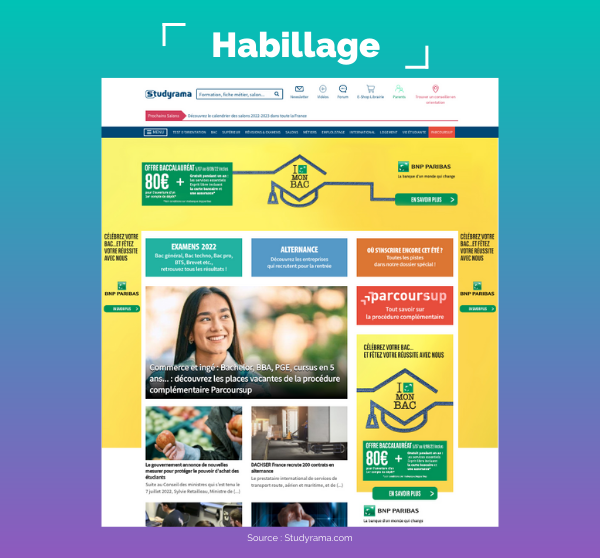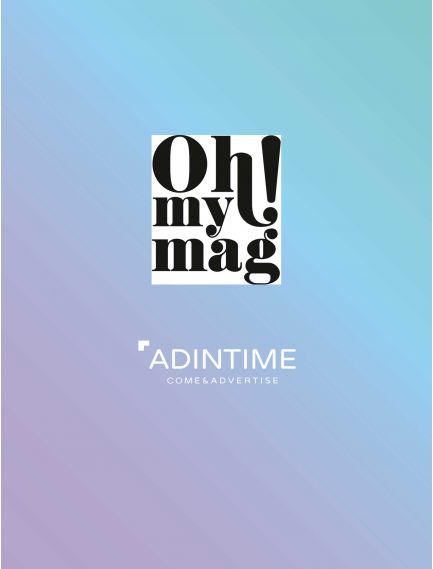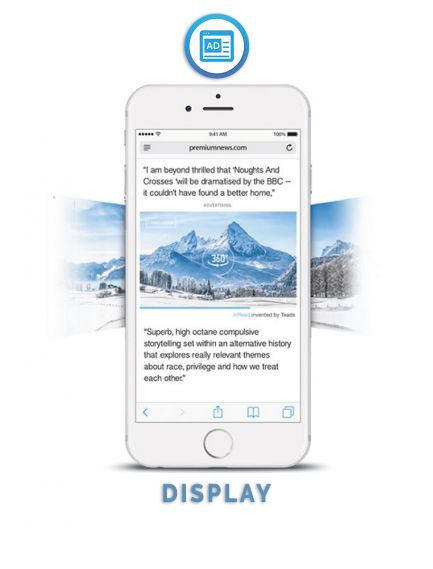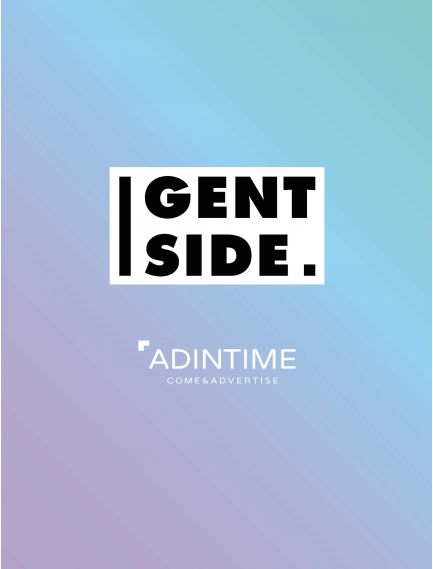The multitude of display formats that we can see on different websites reflects the different objectives that this type of digital advertising can meet. Awareness, visibility, lead generation... Discover all the objectives that display advertising can help you achieve.
Summary of the article: Display: Which format for which purpose?
- What is a display ad? - Definition
- What are the objectives of a display ad?
- Digital advertising agencies
- The benefits of the main display formats
What is a display ad? - Definition
Display advertising refers to all online advertisements with a graphic element, such as an image, a video... We also talk about display banners. They can appear on the classic version as well as on the mobile version of a website.
The display ads can be found in different formats within the site that displays them, called the publisher site. In order to facilitate the graphic creation, the display ratios are defined by the IAB (Interactive Advertising Bureau). The formats most often used on sites are 300 x 250 px, 728 x 90 px and 160 x 600 px. On mobile versions, the formats 320 x 50 px, 320 x 480 px and 480 x 320 px are preferred.


Programmatic display
In digital, programmatic refers to the automated purchase of advertising spaces based on audience data or targeting. The targeting can be operated according to the data collected in third party (data acquired from a third company, thanks to the famous cookies) on the audiences of a site, or in a semantic way, i.e. according to the words, expressions and sentences used in an article.
Programmatic display aims to allow advertisers to reach their target audiences in the best possible way.
Google display
Similar to programmatic display, Google display can be found on both websites and mobile applications. It allows advertisers to target according to four criteria
- socio-demographic criteria: age group and gender
- geolocation: country, region, department, city
- searched keywords: keywords typed in the Google search bar
- personalized intentions: keywords + similar URLs
>>> Learn more about digital advertising
What are the objectives of a display ad?
Display advertising can be used in a company's media plan to meet different objectives:
- brand awareness
- visibility
- website traffic
- conversion
- lead generation
Digital advertising agencies
There are almost as many digital ad platforms as there are display formats:
- Google Adwords
- Facebook Audience Network
- Teads
- Sublime
- Awks
- Invibes
- KMTX
- Qwarry
- Etc.
>>> Advertising in programmatic display
>>> Advertising on social medias
The benefits of the main display formats
Inline rectangle
With its dimensions of 300 x 250 px, the inline rectangle is the display par excellence. It is the format that obtains the best view rates in both classic and mobile displays. Often placed on the right side of a web page, it performs best when embedded directly in text or at the end of an article.
The medium rectangle is ideal for awareness campaigns.

The leaderboard
Dominating a web page without being too imposing, the leaderboard format (728 x 90 px) gives this display great visibility.
The leaderboard is generally used by advertisers to generate traffic on a site.

The Half-page
With its somewhat unusual dimensions (300 x 600 px) the half-page can occupy almost half of a web page and thus obtain excellent visibility. However, due to its format, the half-page display is difficult to integrate into a page.

Display cover
The display cover is a background display format that forms an arch around a page of a website. It is accompanied by one or more companion formats (half-page, inline rectangle...). Its impactful format makes it the preferred format for brand event communication.

Image © Studyrama.com









 Top 30 best ads musics
Top 30 best ads musics
 The influence of advertising on purchasing behavior
The influence of advertising on purchasing behavior
 This Year Marketing Calendar
This Year Marketing Calendar
 Top 30 best ads 2021 in France
Top 30 best ads 2021 in France
 Top of the most listened podcasts in France
Top of the most listened podcasts in France
 How to prepare your advertising campaigns for Christmas?
How to prepare your advertising campaigns for Christmas?
 The top 20 ad films of the year
The top 20 ad films of the year
 Example of a unique selling proposition
Example of a unique selling proposition
 Advertising storyboard: how to structure your campaigns
Advertising storyboard: how to structure your campaigns
 Advertising: tips to make a lasting impression
Advertising: tips to make a lasting impression









